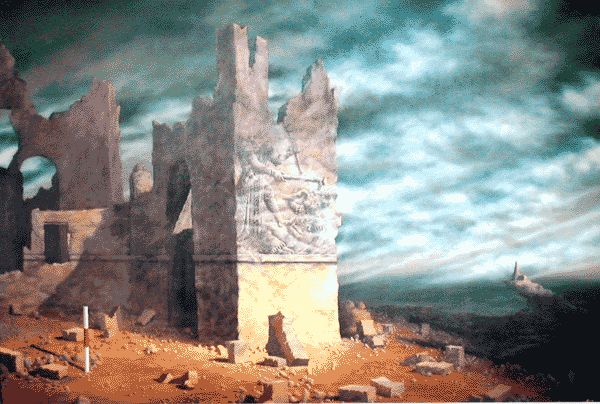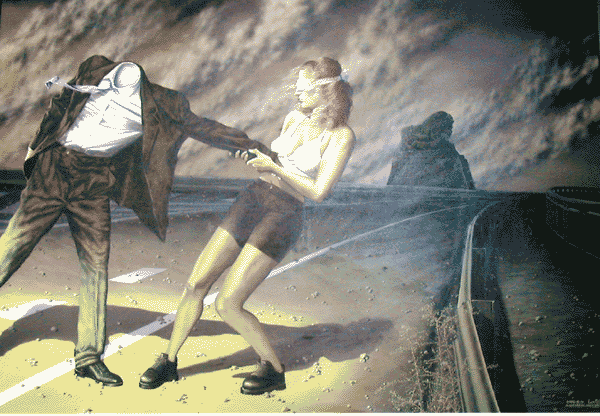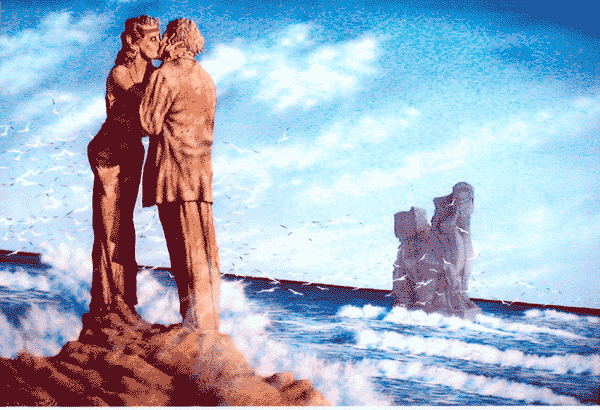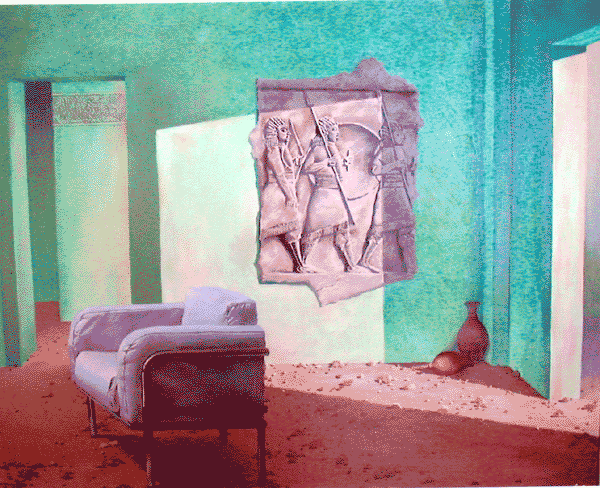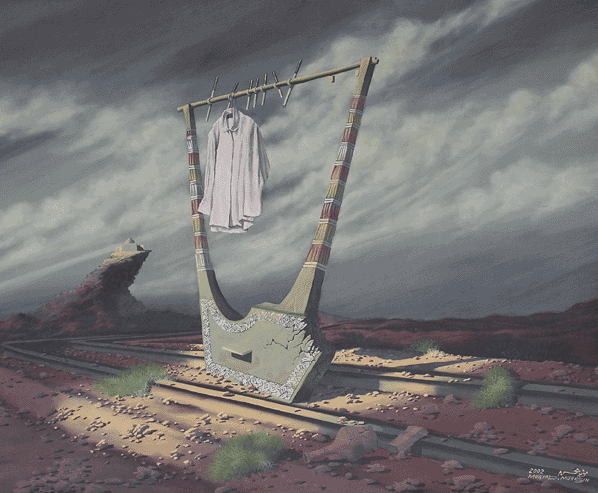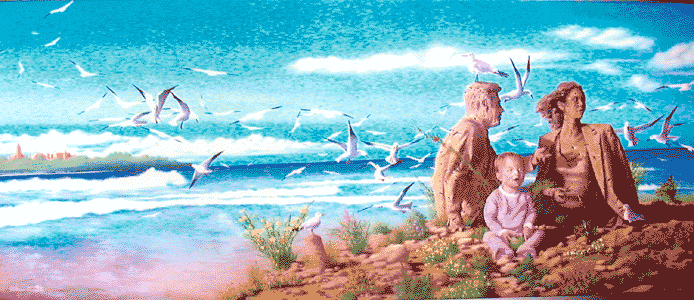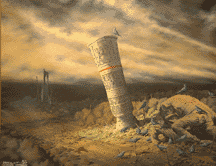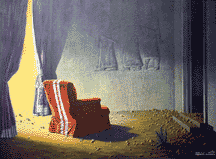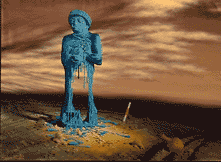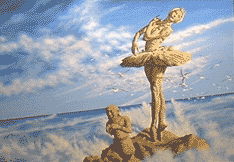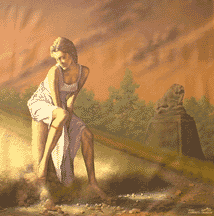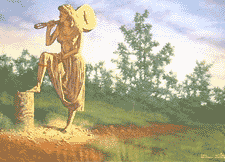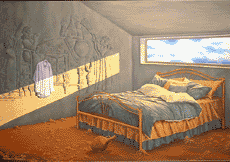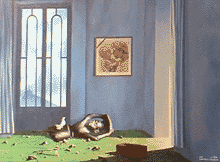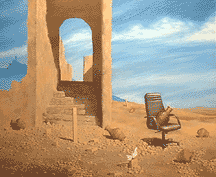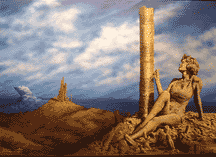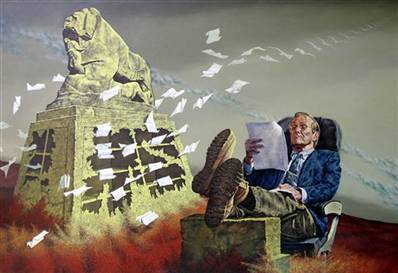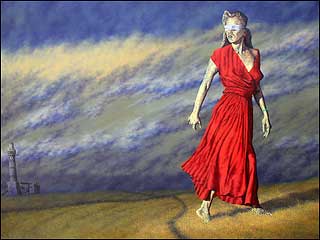| The Paintings of Muayad Muhsin
About the Artist: Muayad Muhsin was born April 19, 1964 in Babylon, Iraq. He recalls becoming fascinated by color and line and beginning to draw at the age of 4. As a child, Muhsin saw the road between home and school as a “heaven for studying my objects, the birds, the cats, our old couch, the school yard and the dumpster place.” Frequently advised by others who “did not understand the arts,” Muhsin was told to leave drawing because it “was no good and doesn’t earn you money and to look for something else which can be used to fill the stomach.” Muhsin received his art education at the Art Institute of Baghdad from 1979-1984, of which he says, “The days of study at the Institute were the golden years of my life as my talent grew despite my hard time living with national unrest and pressure on the mental freedoms from the bloody dictatorship and his regime.” After finishing his studies at the Institute, Muhsin was drafted into the military and forced to fight in the Iraq-Iran War from 1984-89 and the Kuwait War from 1990-91. Muhsin says, “During my military service, the paint brush never touched my hand nor did the pen to draw.” During the 1990s, Muhsin faced periods of being homeless and jobless, but managed to hold onto his determination to be a painter. He sold his works in galleries and the market area of Al-Karada in Baghdad. The works of Muayad Muhsin are rich with symbolism of the Mesopotamian region, set in theatrical and cinematic scenes. In an article in Al Mutamar newspaper (July 29, 2003), Salam Harba writes, “Muayad has built his world using the remains of the ancient world, the remains of myths, the thoughts, values.” Muhsin's most famous art piece "Picnic" was done in 2006. It depicts US Defense Secretary Donald Rumsfeld relaxing with his feet up and is meant to symbolize American arrogance, laziness and the "soullessness of the Bush government".
For more information about Muayad Muhsin's "Picnic", click here.
|
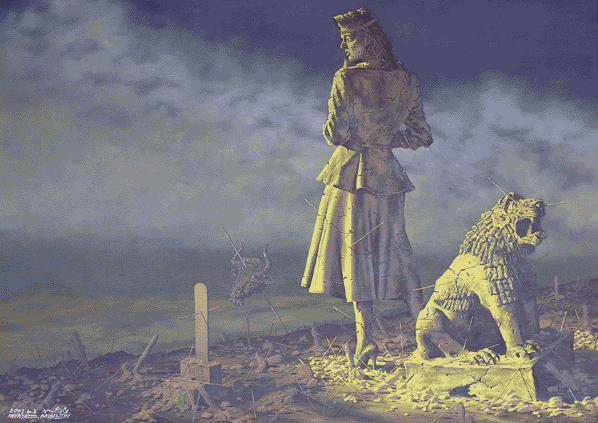
After the Storm
|
